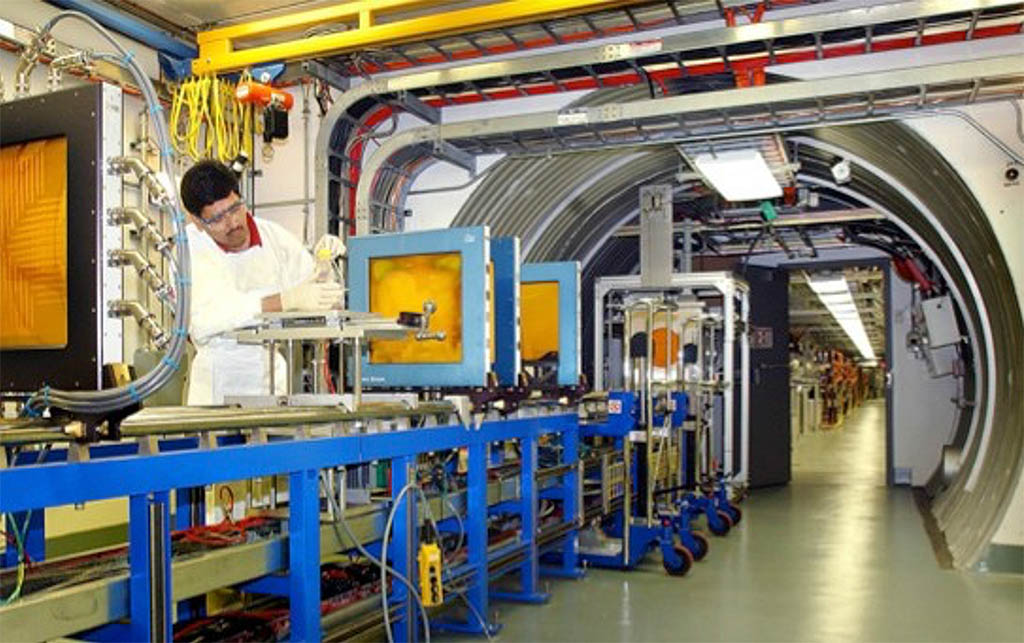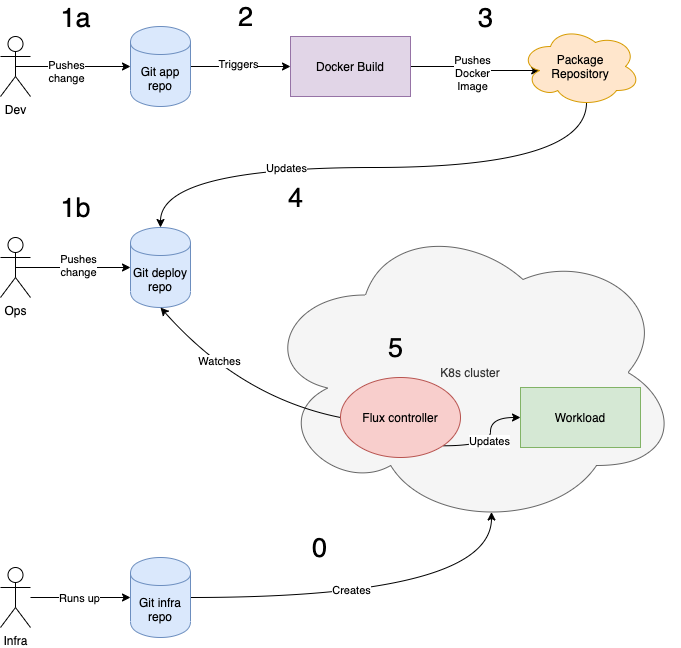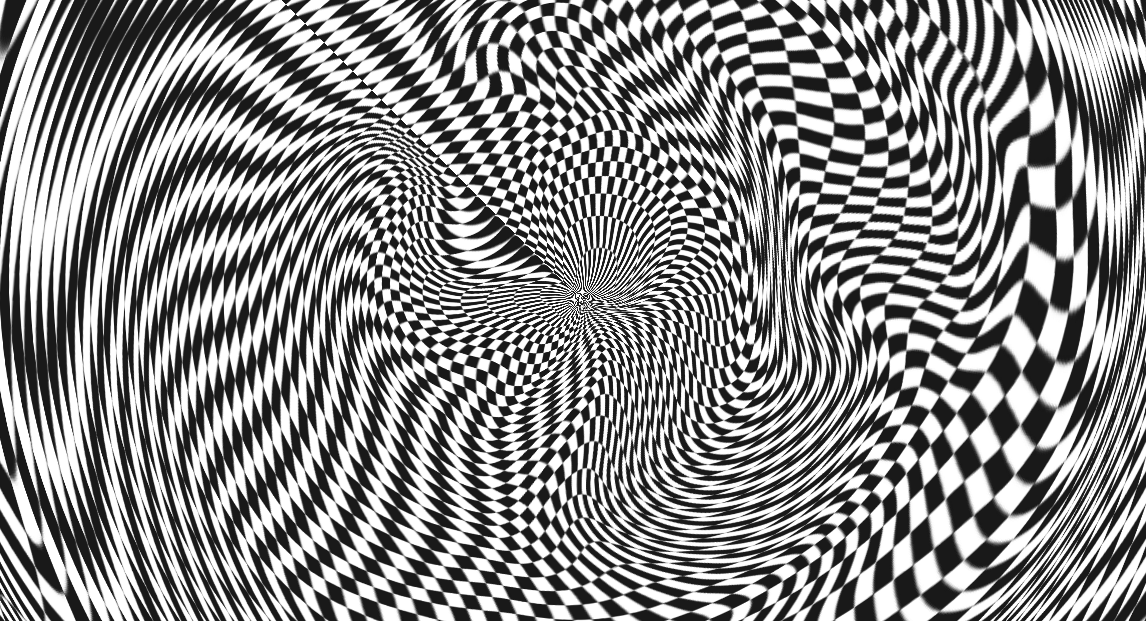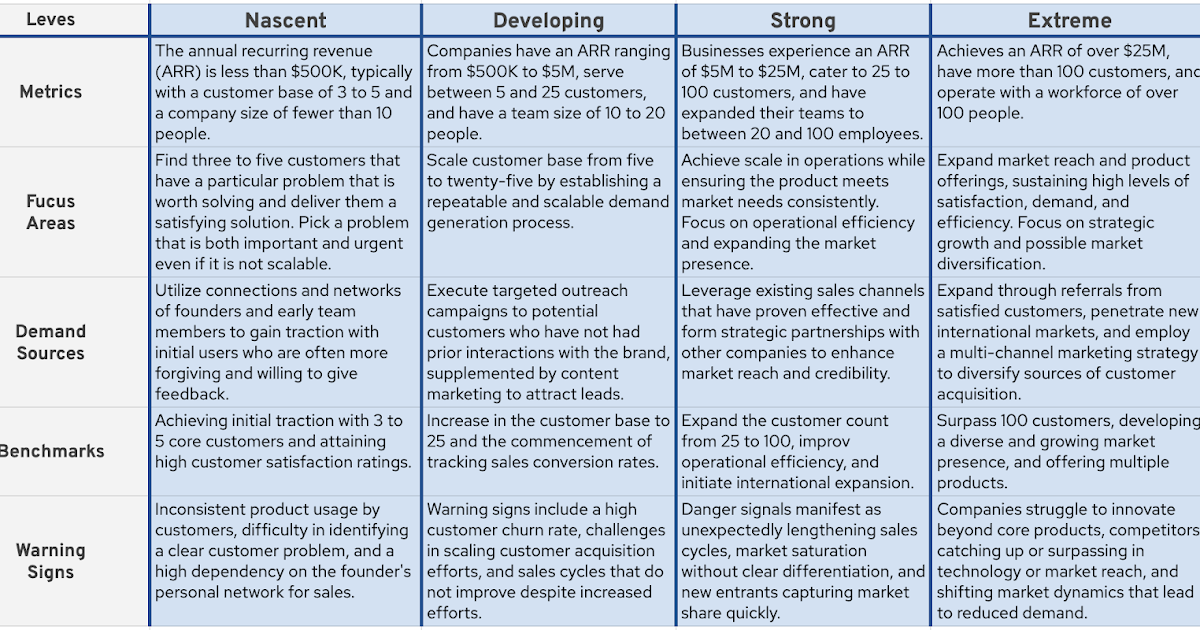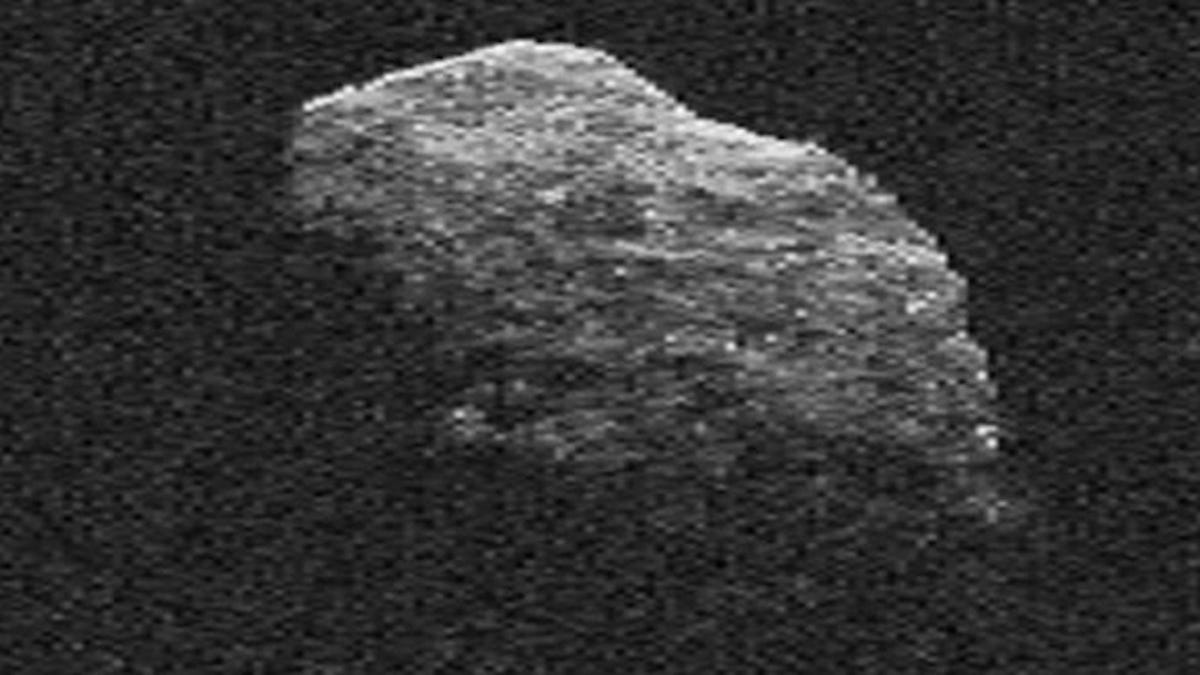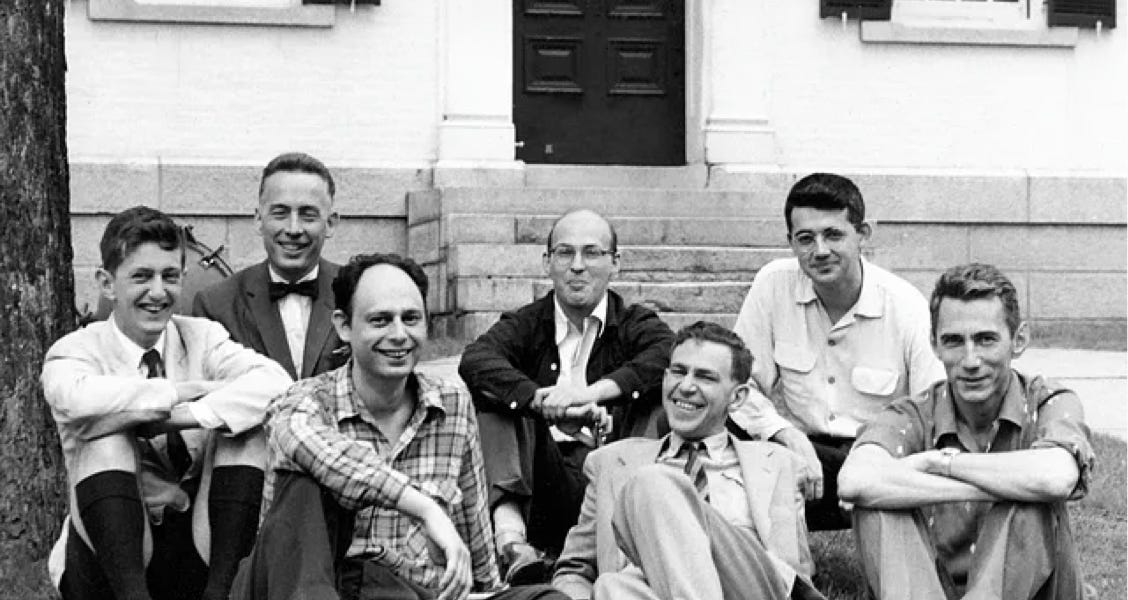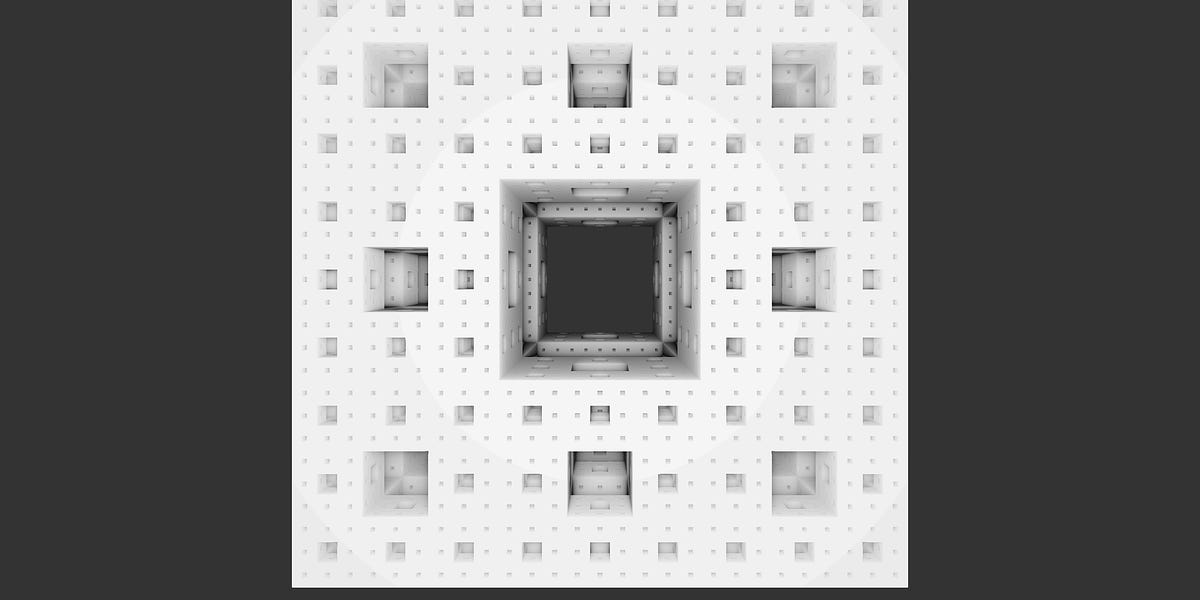
Ray Marching: Menger Sponge Breakdown
There are two very popular methods to render 3D scenes. Rasterization has historically been the most popular method used for real-time graphics (ex: video games). In short, rasterization is a technique that projects 3D models, composed of 3D triangles, onto a 2D plane. Another popular method of rendering is ray-tracing. This method has historically been used for rendering scenes that require a greater amount of realism and are not required to render in real-time (ex: cinematic visual effects). Ray-tracing involves shooting virtual rays out of each pixel into a virtual scene beyond the display. Calculating the intersections of the ray with the scene to determine the pixel color. Again, these 3D models are usually composed of 3D triangles. When compared with rasterization, ray-tracing works in a sort of reverse order. Rasterization starts with trying to draw a 3D model and determines which pixels that 3D model will influence. Ray-tracing starts with a pixel and determines which 3D models influence it.
What we will discuss in this article is a third rendering method. A flavor of ray-casting known as ray marching. There are still rays being shot out into the virtual world from each pixel of your screen. But whereas ray tracing performs a one-off calculation in determining the intersection between an infinite ray and a 3D model, ray marching takes an, often cheaper, more iterative approach. Each ray shares the same starting position (the virtual camera’s position) and a function is used to determine how far that ray’s current position is to any element in the scene. To calculate the distance from each object in the virtual scene, ray marching uses what are called SDFs (signed distance fields). These functions do not determine the distance a ray will travel before it hits an object (as a ray tracing algorithm would do). SDFs do not even take the direction of the ray into consideration. They simply determine the distance between the ray’s current position and the closest point of an object. So although it doesn’t give us the exact distance a ray would have to travel before it experiences an intersection, it does tell us a distance that we can safely travel without running into anything. And, as stated before, ray marching is an iterative process. We acquire a safe distance to travel, we travel that distance, and repeat. When the distance returned by an SDF (the distance between the rays current position and an object defined by the SDF) falls under some specified threshold (ex: 0.0002 units), we will consider that a hit and do the lighting calculations for the surface. The ray marching algorithm must also handle two edge cases:


